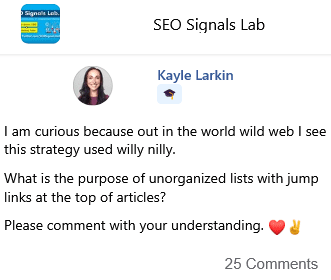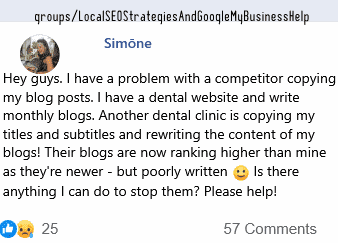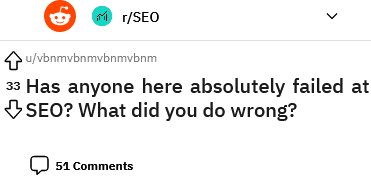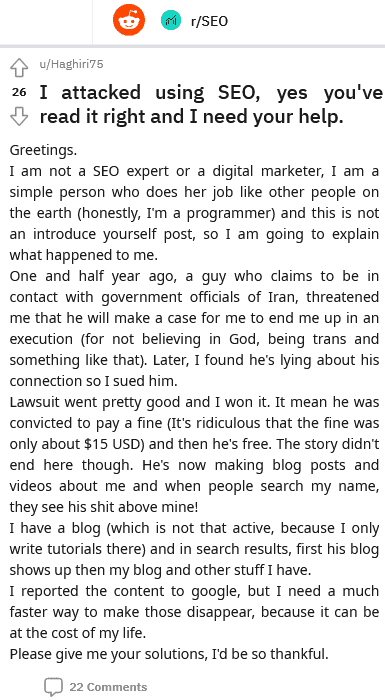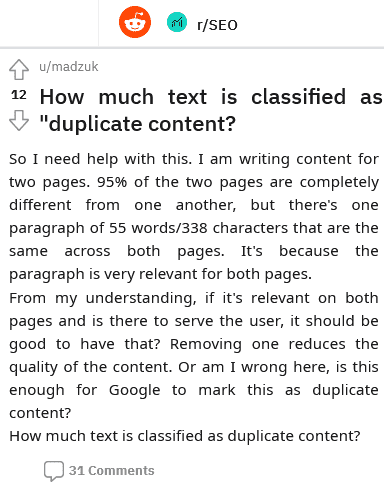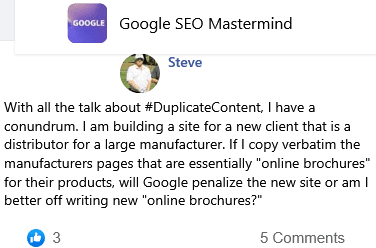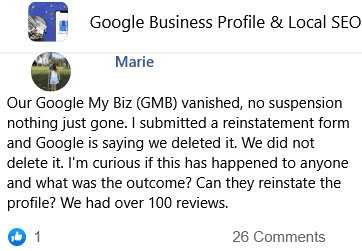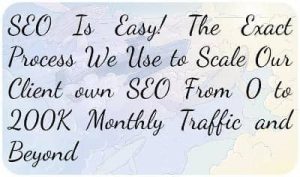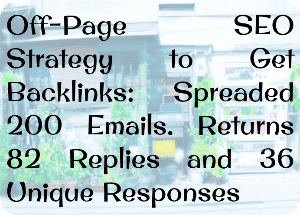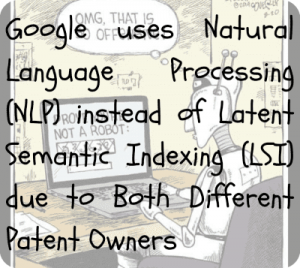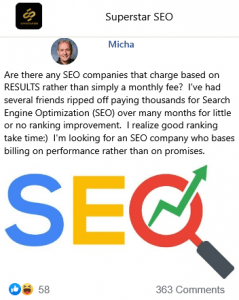I am curious because out in the world wild web I see this strategy used willy nilly.
What is the purpose of unorganized lists with jump links at the top of articles?
Please comment with your understanding. ❤✌
25 💬🗨
📰👈
I couldn't find a meme for willy nilly… so…
💟
When my daughter was little, my mother had a Willy Nelson concert on the television. And she bopped around saying, "Dancing Music."
Great gif 🙂
Micha
"What is the purpose of unorganized lists with jump links at the top of articles?"
Ah! Table of Contents spam. It's based on the misguided notion that this somehow "improves the user experience" (to the algorithms). <– Or not. Some people just like it.
Cue all the people who insist it works. Unfortunately, the science and math don't exist to prove they are correct.
That said, Wikipedia has been using structures like this for years. And Google runs many machine learning experiments against Wikipedia. But it's quite a leap of faith to argue that if Wikipedia does it and Google learns things from crawling/analyzing Wikipedia that there must be some kind of algorithmic reward for doing it.
So, lots of people think it's a good idea. If YOU think it's a good idea, then do it. If you don't like it, then don't do it. You're under no obligation to do it and there is no proven SEO benefit (and I know this because I don't do it and I outrank many sites that do do it – including Wikipedia – in many queries).
Treat it as an algorithmic neutrality that doesn't help or hurt your Search Engine Optimization (SEO)
ADDED ON EDIT: My commentary above is about a meandering argument some people have shared (elsewhere – not in this discussion) about Google rewarding sites with better rankings for using these named anchors. I think it's an evolution of misunderstanding (or maybe something to do with E-A-T) of what Google really intended them for – occasional inclusion in search results listings, which they introduced in 2009.
Using named anchors to identify sections on your pages | Google Search Central Blog | Google DevelopersDEVELOPERS.GOOGLE.COM
Using named anchors to identify sections on your pages | Google Search Central Blog | Google Developers
💟
"Cue all the people who insist it works." I am curious what their rationale is 🙂
Micha » Kayle Larkin
One must read this old joke to understand why I call these conclusions "Foo Shit SEO
The "Foo" bird
WWW-PERSONAL.UMICH.EDUThe "Foo" bird
🤭2
Kayle Larkin ✍️ 🎓 » Micha
My immediate reaction, "…oh, stop" hahaha. Thank you for sharing.
Micha » Kayle Larkin
This is probably due to people finally catching on to something Google introduced in 2009. There's no guarantee anything will happen in the SERPs.
Using named anchors to identify sections on your pages | Google Search Central Blog | Google Developers
DEVELOPERS.GOOGLE.COMUsing named anchors to identify sections on your pages | Google Search Central Blog | Google Developers
💟
📰👈
Keith
Table of contents can improve user experience on long form content. I appreciate when sites include them.
💟3
Does the location of the table of contents change the user experience for you?
What about a sticky side menu?
Keith
I like sticky side menus but I can see how others could find them distracting. A ToC right at the top is good. I also like static sidebar links.
Keith
For Search Engine Optimization (SEO), I've had good results using ToC jumplinks. This short article covers it well. I also like the idea of using the jumplinks most visited to inform paid ads.
Pro Tip: Table of contents can provide additional link options in organic searchSEARCHENGINELAND.COM
Pro Tip: Table of contents can provide additional link options in organic search
💟2
Google began supporting in-page jump links in 2009.
Using named anchors to identify sections on your pages | Google Search Central Blog | Google Developers
DEVELOPERS.GOOGLE.COMUsing named anchors to identify sections on your pages | Google Search Central Blog | Google Developers
Micha
I must admit that my antipathy to these Tables of Contents is rooted in the condescending crap some Websites (mostly "SEO users") publish, where every article starts out with a long explanation of basic stuff and throws in 16 talking points before getting to the real point of the article (as indicated by whatever the title is).
Padding doesn't justify itself, in my insufferable-but-oh-so-humble opinion.
Ankit
On a personal level, I like jump links/ table of content.
Many people I have talked to also like them. Gives a good overview of what to expect from the article. For me, TOC is better than an introduction to the article.
Improves Experience: Definitely!
Benefits SEO: Cannot comment
💟2
Ammon Johns 🎓
It was a usability guideline back in the 90s for longer articles, even before Google was around, and when links were not for Search Engine Optimization (SEO), but for users.
It can help with 'skim-ability' the ability for a person to find that one, very specific bit of info they need in a longer article. (Of course, that only actually works if the sectionalization is done with that in mind, and a user-centric mindset, rather than a content showcasing mindset).
As a side-benefit, someone clicking on that link can help with differentiating at least a few of the cases where what analytics (any form, not just Google's, though you'd need to pass the interaction to the tracking somehow) would have reported as a bounce was really just a single page view, and the user engaged with the page.
In more recent years, SEO users have used such to see if it would associate extra signals for keywords in those in-page anchors, and Google have experimented a few times with using in-page anchor links for some of the longer-tail 'deep queries', though Passage Ranking is now by far a preferred methodology.
The comments above have covered some of the other applications. But it is important to note this was in use before Google was even created. SEO users didn't invent it.
💟4
I just want to add to Ammon Johns's excellent answer that headings, when properly used, are the preferred signal for indicating what a section of content is about because we know that Google uses headings for that purpose.
Not speaking from an SEO viewpoint, but as a person reading content, I appreciate jumplinks as a useful feature.
💟3
📰👈
A Client’s Website Consists Of Most Outdated Content Pages Should get Done 301-Redirect
Can Content that gets Written by Artificial Intelligence (AI) Win In Google SERPs?
Does Google Penalize Duplicate Content?
an SEO Analyst Believes 301 redirection of an URL to the Same Slug Retains the Full Pagerank
Ammon: Google don’t count Words or Keywords, but they count Page Speed
What First Niche did You Work On Internet?
Tips to Rank on Other SEs besides Google like Bing, Yahoo, DuckDuckGo
